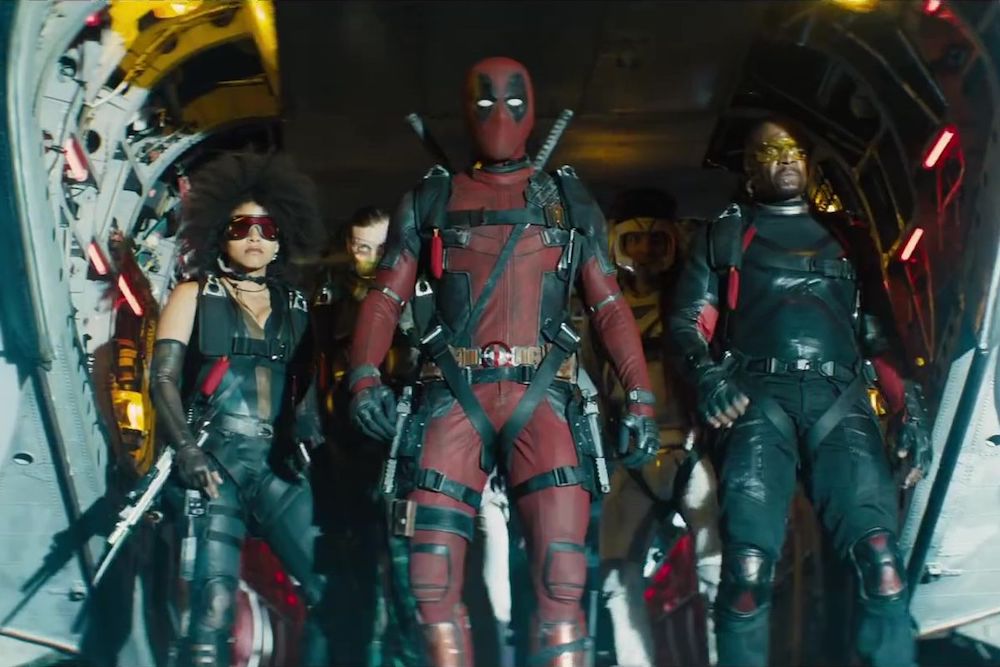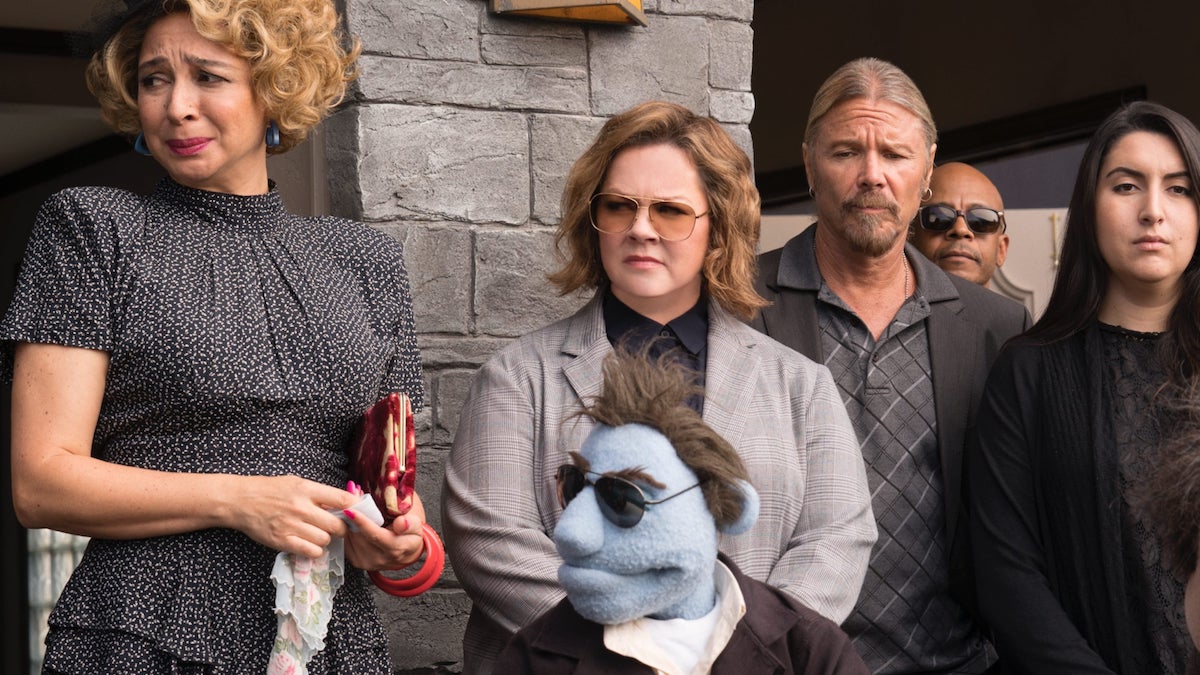2018: Summer Blockbuster Appraisal
Thanos clicked with Marvel fans; The Rock eventually crumbled; big monsters ate rivals; superheroes flew higher; Star Wars's box office was 'so low'; the impossible Tom Cruise proved unmissable, and never underestimate an Abba sing-a-long...




















